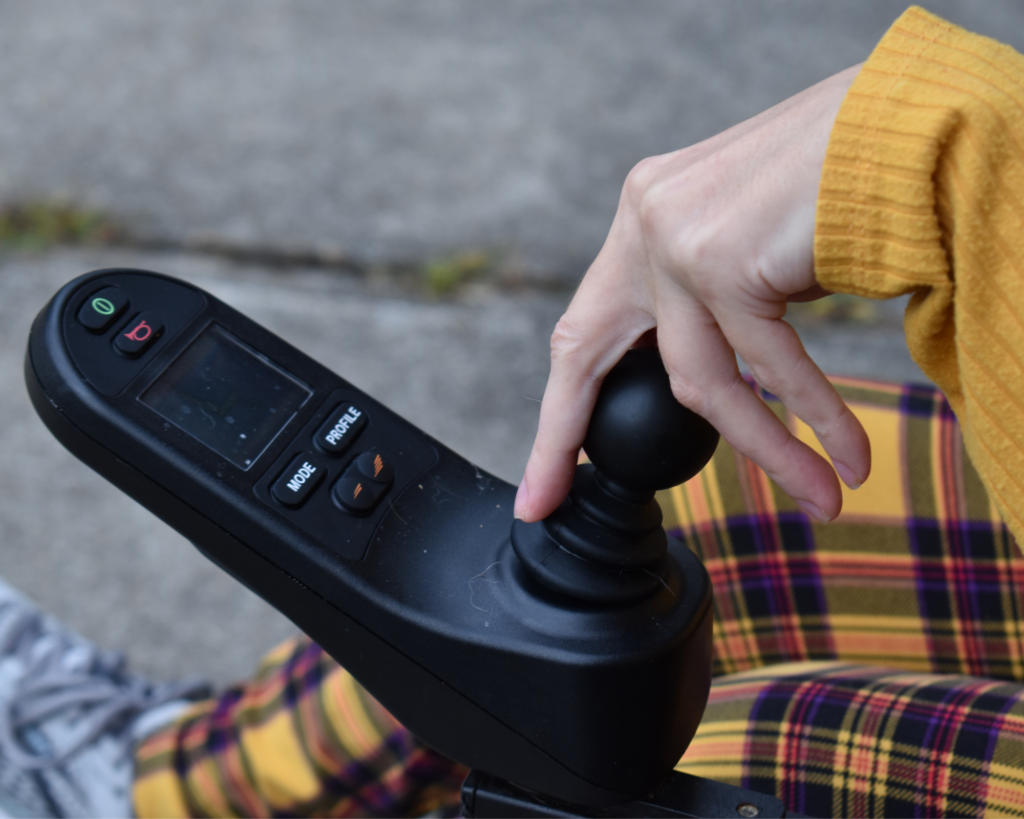Assistive Technology for People with Intellectual and Developmental Disabilities
What do you think of when we say the word “technology?” If you haven’t thought much about the way technology has affected every part of our lives, now is the time to think bigger.
Whether you or your family member are transitioning out of school, starting a job, moving into a new home, or just learning to navigate the community, technology is a game changer. Cell phones have been a leader in the technology boom for two decades. Recently, home based notification devices like Alexa and Ring, and mobile apps like Venmo or Amazon, have made all our lives easier and provided greater accessibility to goods and services.
In many ways, the pandemic pushed access to technology in ways that were previously resisted. Suddenly, technology and virtual became our new reality that could not be ignored. Online grocery shopping became essential. Netflix -type streaming movies, Zoom calls, telehealth visits and virtual family social nights have become lifelines for most everyone in the general population, and even more so for the disability community.
Technology also normalized working from home. For some with disabilities, this has opened the door to competitive employment opportunities for the first time.
We heard from parents that some school age children were able to focus on academics better without sensory or social challenges. Transportation, often scarce for people in rural areas, is no longer an issue with virtual game or movie nights to socially connect individuals with disabilities in new ways.
The field of assistive technology has recently exploded. Also referred to as adaptive or enabled technology, organizations across New York State have established resource centers that serve the disabilities community.
Search for Assistive Technology resources in your area on the Community Resource Tool.

